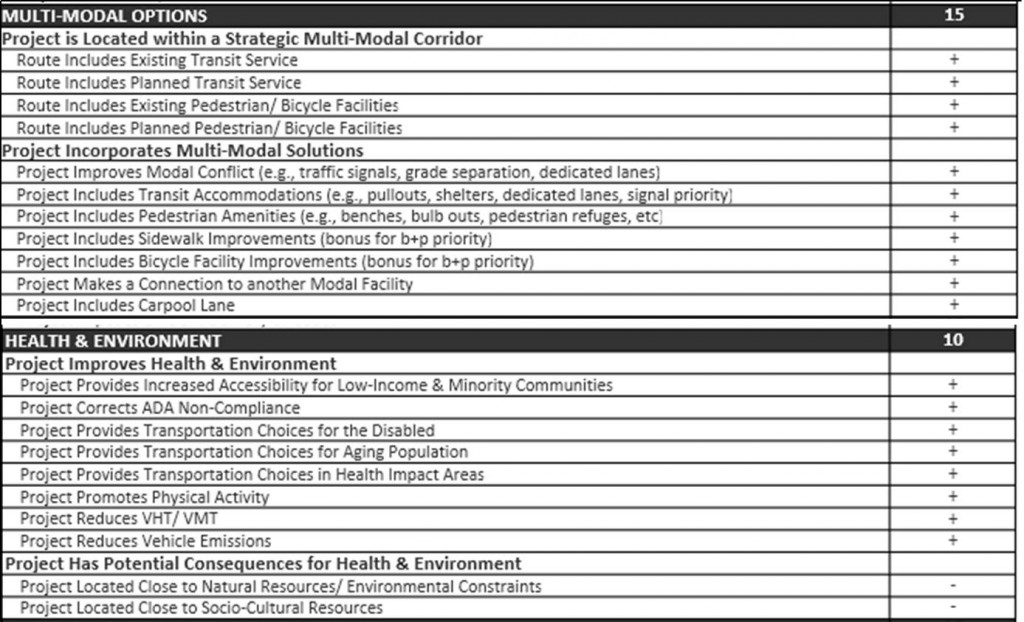In the United States, metropolitan planning organizations (MPOs) set the transportation priorities for urbanized regions with populations of at least 50,000, and they determine which transportation projects receive federal dollars. While many MPOs in New Jersey, New York and Connecticut (and across the country) have laid out forward-thinking transportation plans and are advancing a number of projects to expand transit access and improve bicycle and pedestrian facilities, the Nashville Area Metropolitan Planning Organization (NAMPO) has set the gold standard in implementing plans for improving the health, environment, economy and livability of communities within its purview.
In 2010, NAMPO conducted a telephone survey to determine what transportation improvements residents would like the see in the region. Whether respondents were from urban, suburban or rural areas, the results showed that their first choice was to “improve and expand mass transit options,” and their second choice was to “make communities more walkable & bike-friendly.” NAMPO incorporated this and other information from its stakeholder outreach efforts into its 2035 Regional Transportation Plan and outlined the following goals:
- Create a bold, new vision for mass transit
- Support active transportation and the development of walkable communities
- Preserve and enhance strategic roadway corridors
More impressively, NAMPO outlined an investment strategy that uses:
- 70 percent of available funds on multi-modal roadway capacity and safety projects (road construction projects that include bicycle and pedestrian accommodations)
- 15 percent to encourage active transportation/walkable communities (projects such as trails, greenways, new sidewalks)
- 10 percent to regional investments in public transit
- 5 percent to improve efficiency of transportation systems through innovative management and operations upgrades
In order to meet these targets, NAMPO scores projects based upon the goals of the 2035 Regional Transportation Plan and specifically considers factors such as whether or not projects will encourage improved health outcomes and accessibility to transportation.

While the long-range transportation planning process varies from MPO to MPO, NAMPO has shown that integrating sustainability and health criteria into all points of the funding decision-making process produces tangible results. In NAMPO’s previous long-range plan, two percent of all roadway projects scheduled to be funded included complete streets elements, such as sidewalks or bicycle lanes. In the current plan, a full 70 percent of projects include such elements.
NAMPO is now building on its successes by conducting the “Middle Tennessee Transportation and Health Study” to collect data on the relationship between travel behaviors and health impacts. The data will be used to inform the next update of the Regional Transportation Plan.
MPOs in the tri-state region and beyond can learn from NAMPO’s example when setting out funding goals and criteria in future regional transportation plans. In fact, information sharing between MPOs is already occurring: earlier this year, Leslie Meehan, Director of Healthy Communities for NAMPO participated in the “New Jersey Health in All Policies Workshop,” which was also attended by the North Jersey Transportation Planning Association and the Delaware Valley Regional Planning Commission.
Most MPOs have many of these considerations in mind when deciding which projects to fund, but NAMPO provides an example of how a transportation planning agency can institutionalize these pedestrian and cycling safety and transit priorities in all aspects of the transportation planning process.

[…] Nashville Planning Org Sets “the Gold Standard” (MTR) […]
[…] projects with public health goals and implementing transportation investment strategies that prioritize pedestrian and bicyclist projects and public transportation over building new […]